
Nearly 60 eighth graders from area schools gathered for a unique event put on by the Savannah River Site to inspire the next generation of female engineers and science, technology, engineering and math leaders.
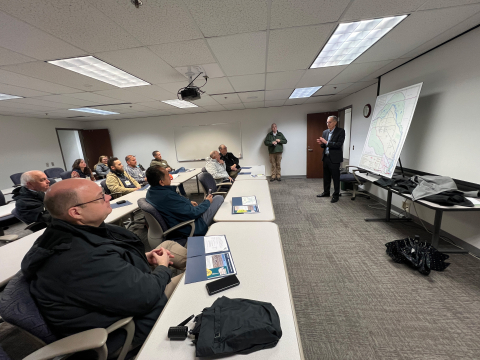
Cleanup progress at the Hanford Site generates interest around the world. That’s why the Hanford Field Office and tank operations contractor Washington River Protection Solutions recently hosted a site tour for representatives from Washington state’s agriculture industry.

The training department at the Portsmouth Site recently added new, innovative educational tools for heavy equipment operators in a safe environment.
The impressive service to the nuclear industry by a U.S. Department of Energy Office of Environmental Management contractor at the Savannah River Site has been recognized by a nuclear advocacy group.

Two research scientists from universities in Japan visited the West Valley Demonstration Project earlier this fall to test their novel radiation detectors.
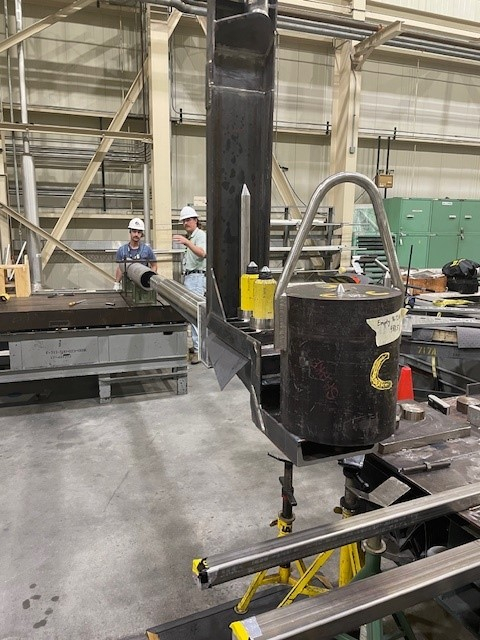
U.S. Department of Energy Office of Environmental Management team members at the Savannah River Site used ingenuity, teamwork and decades of experience to successfully replace damaged equipment essential to the site’s spent nuclear fuel dissolution and disposition mission.
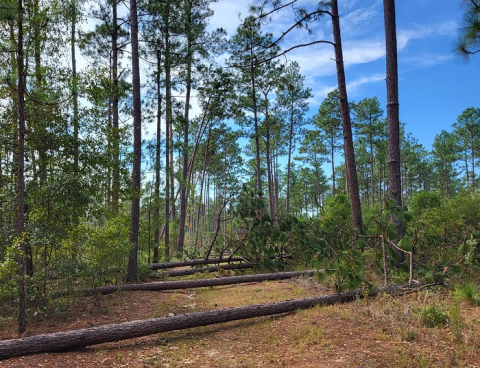
When Helene roared across the Savannah River Site in late September, its Category 1 hurricane-strength wind gusts blew down timber from one side of the site to the other and across many of the primary and secondary roads onsite.
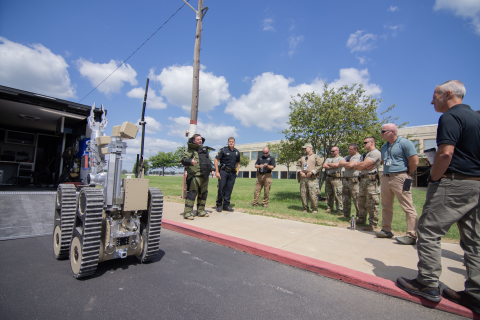
The Paducah Site is continuing its commitment to safety and security by bolstering collaboration with local law enforcement.
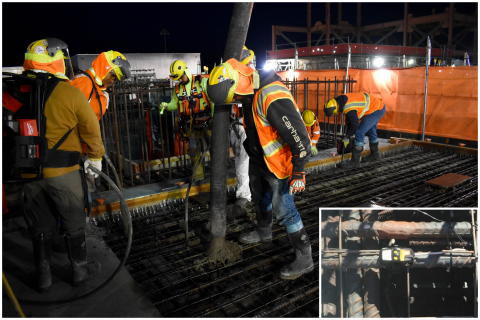
Construction crews recently created two concrete placements using new wireless temperature sensors at the Hanford Site Waste Treatment and Immobilization Plant’s High-Level Waste Facility.

A study in the International Journal of STEM Education identified the importance of role models encouraging students to see themselves as capable of succeeding in science, technology, engineering and math career fields.

